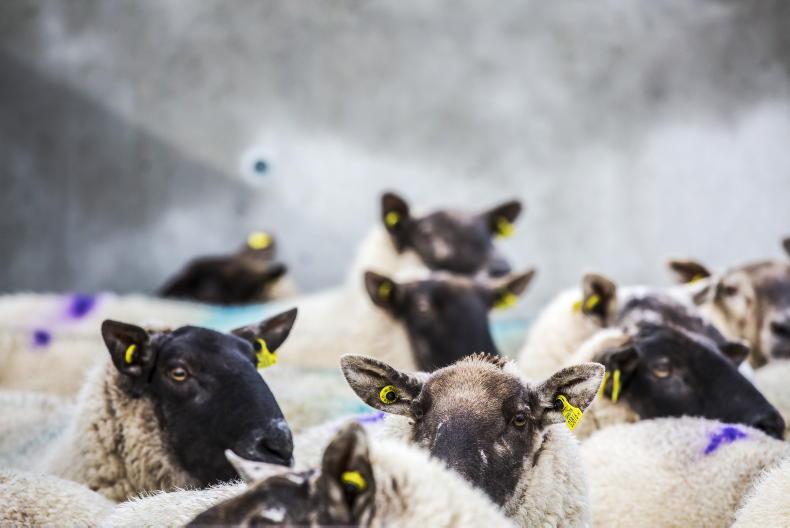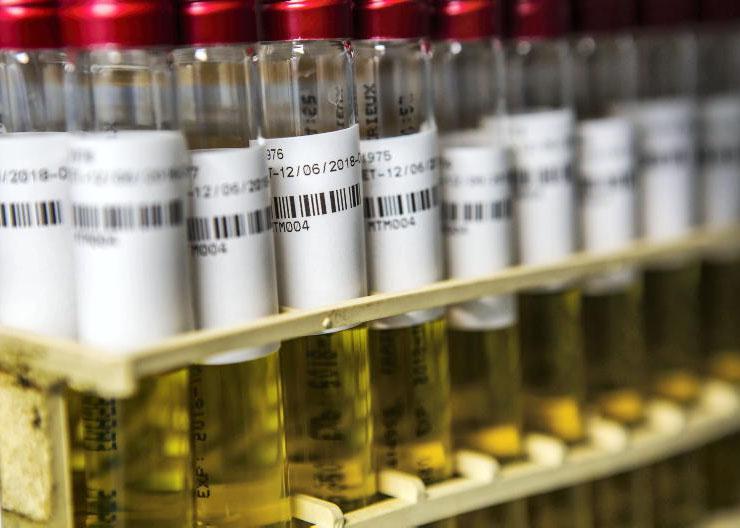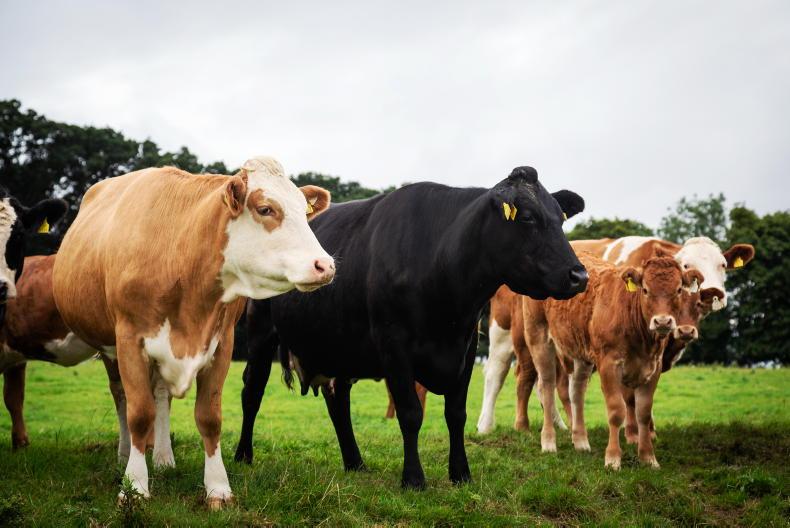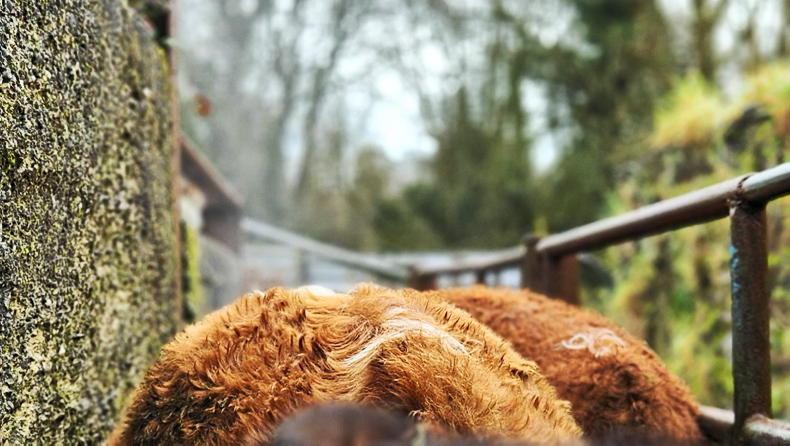Suckler producers who are able to avail of new beef payments introduced by DAERA, should see an increase in their overall farm support, although the reality is that there is no windfall coming.
The aim of the schemes is to improve the sustainability of beef production in NI. The first is the new Beef Carbon Reduction Scheme (BCRS), which started on 1 January 2024, paying £20, £40 and £60/head across the first three months of the year, before settling at a final rate of £75/head from 1 April 2024.
The money is paid out on NI-born cattle, slaughtered under 30 months this year, falling to under 26 months by the fourth year of the scheme.
The second payment is a new suckler cow measure due to start from 1 January 2025. While the detail of the scheme is yet to be finalised and we do not know the payment rate, DAERA has previously suggested there will be two main requirements.
The first relates to heifers, which must calve at under 34 months in year one, falling to under 29 months by the fourth year of the scheme.
Calving interval
The other main condition is a calving interval (CI) requirement, starting out at a maximum of 415 days in the first year and dropping to a maximum of 385 days by year four.
In practice, this means if you have a cow that calves on 1 April 2024, the animal must calve again by 21 May 2025 to be eligible for the payment next year. The money will only go to cows producing live calves.
There are also likely to be some other conditions attached to the scheme, such as providing data to help in the development of a cattle genetics database and also some form of payment limit per farm, potentially linked to the number of calves produced in recent years.
To fund these schemes (as well as a relatively small protein crops payment), DAERA has already taken 9% off the value of all basic payment scheme (BPS) entitlements in 2024, creating a payment pot of just over £26m.
The following year, with the new suckler cow measure in place, all original BPS entitlements will effectively be cut by 17%, creating a total fund of around £50m.
By this stage, DAERA intends to have begun the process of transitioning to a new Farm Sustainability Payment (FSP), to be fully in place by 2026. BPS entitlements are to rollover to the FSP.
Payments to a 50-cow suckler herd
Given every farm is different, the impact of new beef payments in 2024 and 2025 will vary depending on the mix of enterprises.
But in general, we know that farmers without cattle will lose out as a result of 17% coming off their payments by 2025.
In addition, large scale beef finishers will see significant increases in farm support on the back of the BCRS, although in reality, most of this will be passed on down the supply chain via higher prices for store cattle.
To highlight the general direction of travel for a farmer with suckler cows, we have taken an example of a farm where 50 sucklers are kept on 60ha, rearing their own replacements and with all calves taken through to beef.
In 2023 the farm had BPS entitlements worth £300/ha (around the NI average), resulting in a total payment of £18,000.
BPS reduction
In 2024, with entitlement values cut by 7%, it reduces the overall BPS to £16,380.
However, there is BCRS money to be added in. It is assumed that 40 prime cattle are slaughtered annually, with five in each of the first three months of the year, leaving 25 killed from 1 April onwards.
It results in a total BCRS payment for 2024 of £2,475 (paid as a lump sum in March 2025).
Total support payments for 2024 come to £18,855, an increase of £855 compared to what was received in 2023.
The following year, the new suckler cow measure kicks in and in our example, we use an indicative payment rate of £110/head (paid in March 2026).
However, even though all heifers meet requirements around age, eligibility is also reliant on producing a live calf, while cows must also have a calving interval below 415 days.
In our example, 42 animals qualify for the payment, bringing in a total of £4,620.
There are again 40 prime cattle slaughtered, resulting in a BCRS payment of £3,000, while the new farm sustainability payment (with the 17% cut applied) is at £14,940.
Total farm support is £22,560, or £4,560 more than that received in 2023. In the example, for every £10 change in the suckler cow payment rate per head, it alters this figure by £420.
Comment
In our example, we have assumed that 42 out of 50 breeding females (84%) will qualify for the new suckler payment.
In practice, that rate of compliance will be very difficult for a farmer to achieve year-on-year, so our estimate of the total payments received is likely to be towards the top end. The reality for a lot of suckler farmers is that the net gain in farm support as a result of these schemes is likely to be reasonably small.
Longer term, it is also worth remembering the Department is committed to re-directing some of the farm budget into a new Farming with Nature package of measures, leaving the BPS/FSP at a lower level than in our calculations.
Suckler producers who are able to avail of new beef payments introduced by DAERA, should see an increase in their overall farm support, although the reality is that there is no windfall coming.
The aim of the schemes is to improve the sustainability of beef production in NI. The first is the new Beef Carbon Reduction Scheme (BCRS), which started on 1 January 2024, paying £20, £40 and £60/head across the first three months of the year, before settling at a final rate of £75/head from 1 April 2024.
The money is paid out on NI-born cattle, slaughtered under 30 months this year, falling to under 26 months by the fourth year of the scheme.
The second payment is a new suckler cow measure due to start from 1 January 2025. While the detail of the scheme is yet to be finalised and we do not know the payment rate, DAERA has previously suggested there will be two main requirements.
The first relates to heifers, which must calve at under 34 months in year one, falling to under 29 months by the fourth year of the scheme.
Calving interval
The other main condition is a calving interval (CI) requirement, starting out at a maximum of 415 days in the first year and dropping to a maximum of 385 days by year four.
In practice, this means if you have a cow that calves on 1 April 2024, the animal must calve again by 21 May 2025 to be eligible for the payment next year. The money will only go to cows producing live calves.
There are also likely to be some other conditions attached to the scheme, such as providing data to help in the development of a cattle genetics database and also some form of payment limit per farm, potentially linked to the number of calves produced in recent years.
To fund these schemes (as well as a relatively small protein crops payment), DAERA has already taken 9% off the value of all basic payment scheme (BPS) entitlements in 2024, creating a payment pot of just over £26m.
The following year, with the new suckler cow measure in place, all original BPS entitlements will effectively be cut by 17%, creating a total fund of around £50m.
By this stage, DAERA intends to have begun the process of transitioning to a new Farm Sustainability Payment (FSP), to be fully in place by 2026. BPS entitlements are to rollover to the FSP.
Payments to a 50-cow suckler herd
Given every farm is different, the impact of new beef payments in 2024 and 2025 will vary depending on the mix of enterprises.
But in general, we know that farmers without cattle will lose out as a result of 17% coming off their payments by 2025.
In addition, large scale beef finishers will see significant increases in farm support on the back of the BCRS, although in reality, most of this will be passed on down the supply chain via higher prices for store cattle.
To highlight the general direction of travel for a farmer with suckler cows, we have taken an example of a farm where 50 sucklers are kept on 60ha, rearing their own replacements and with all calves taken through to beef.
In 2023 the farm had BPS entitlements worth £300/ha (around the NI average), resulting in a total payment of £18,000.
BPS reduction
In 2024, with entitlement values cut by 7%, it reduces the overall BPS to £16,380.
However, there is BCRS money to be added in. It is assumed that 40 prime cattle are slaughtered annually, with five in each of the first three months of the year, leaving 25 killed from 1 April onwards.
It results in a total BCRS payment for 2024 of £2,475 (paid as a lump sum in March 2025).
Total support payments for 2024 come to £18,855, an increase of £855 compared to what was received in 2023.
The following year, the new suckler cow measure kicks in and in our example, we use an indicative payment rate of £110/head (paid in March 2026).
However, even though all heifers meet requirements around age, eligibility is also reliant on producing a live calf, while cows must also have a calving interval below 415 days.
In our example, 42 animals qualify for the payment, bringing in a total of £4,620.
There are again 40 prime cattle slaughtered, resulting in a BCRS payment of £3,000, while the new farm sustainability payment (with the 17% cut applied) is at £14,940.
Total farm support is £22,560, or £4,560 more than that received in 2023. In the example, for every £10 change in the suckler cow payment rate per head, it alters this figure by £420.
Comment
In our example, we have assumed that 42 out of 50 breeding females (84%) will qualify for the new suckler payment.
In practice, that rate of compliance will be very difficult for a farmer to achieve year-on-year, so our estimate of the total payments received is likely to be towards the top end. The reality for a lot of suckler farmers is that the net gain in farm support as a result of these schemes is likely to be reasonably small.
Longer term, it is also worth remembering the Department is committed to re-directing some of the farm budget into a new Farming with Nature package of measures, leaving the BPS/FSP at a lower level than in our calculations.









SHARING OPTIONS